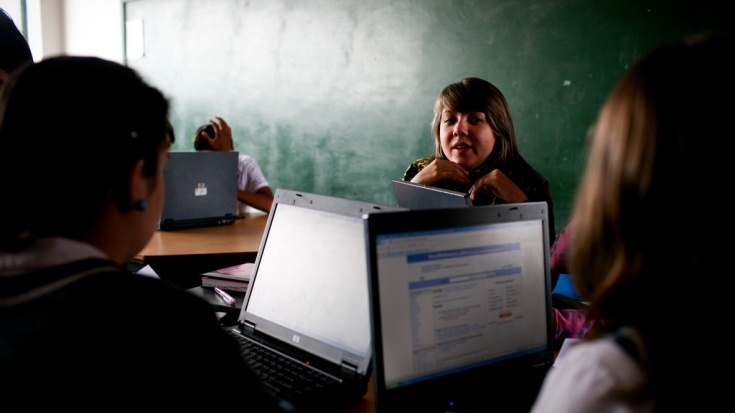Challenge
Supported by strong growth in the 2000s, in 2007, Argentina was in the process of prioritizing social safety-net programs and significantly expanding social security coverage. This expansion of social programs had been made possible by a substantial increase in public revenues, especially from taxes. However, in spite of improvements in tax administration, there remained room for improvement at the national and provincial levels, with some estimates suggesting that tax collections represented only about half of their potential.
The Government was committed to continuing to improve the efficiency, efficacy, targeting, and transparency of social expenditures, and reducing tax evasion and noncompliance. Such efforts had been hampered in the 1990s by factors including the lack of national e-government and information and communication technologies (ICT) strategies, and a common framework for effective interconnection of ICT systems and exchange of data among government agencies. To address this challenge, the Social and Fiscal National Identification System (Sistema de Identificación Nacional Tributario y Social (SINTyS)) was established in 1998 to support the development of an online, real time shared information exchange network which facilitated the systematic exchange of information across national, provincial and municipal public agencies’ databases.
Approach
The SINTyS Adaptable Program Lending (APL), approved in 1999, was designed to support the development of this network over three phases (demonstration; expansion, in which additional government agencies were to be incorporated; and consolidation, focused on the institutionalization of the system). Building upon advances made under the SINTyS I project (1999-2005) and a reallocation of funds under the State Modernization I Project (2006-2007), SINTyS II (2008-2013) was designed to provide further Bank support for completion of expansion and consolidation. Focusing on institutional and legal, information management and data quality, and technological frameworks for information exchange, as well as information security, the operation reflected an increasing emphasis on institutionalization and key areas in which additional work was needed to ensure the agency’s mainstreaming into Argentina’s public sector (strengthening the institutional framework to define users’ responsibilities and prerogatives; ensuring the privacy, confidentiality and legitimate use of data; and generating confidence in the management of information exchanges).
Results
The activities undertaken have resulted in significant utilization of SINTyS’ services, increased coverage, and easier access to information, as detailed below.
- Between June 2008 and September 2013, more than 13,000 data exchanges occurred. Subnational actors including 98 provincial agencies and 42 municipalities regularly exchanged information (baselines: 63 and 11, respectively).
- Over the same period, the number of government agencies and programs using consistent common processes to identify entities and assets increased from 16 to 105.
- Tools such as SEWS (Servicio Web SINTyS) and VIAS (Ventanilla de Integración Automática y Seguimiento) have allowed for improved data quality and access to high-quality information in real time. Ninety one government agencies now utilize web services (7 in 2008).
- From June 2008 to September 2013, the percentage of physical persons unequivocally identified by SINTyS increased from 31 to 92, while that identified with family relationship data rose from 9 to 32. 39 million individuals are identified with at least a 75 percent level of confidence (35.2 million in 2008).
- While expanding, the network maintained 97 percent availability and highly critical vulnerabilities identified by penetration tests were reduced to zero.
Bank Contribution
This U.S. $20 million loan built upon previous support to public sector modernization in Argentina, and specifically continued work undertaken with the SINTyS I Project (P055461, U.S.$ 10 million) and a U.S. $8 million reallocation under the State Modernization I Project (P057449).
Moving Forward
Over the years, SINTyS has become a well-institutionalized and sustainable agency - generating significant demand from other entities for its services and a place for itself within the institutional framework of multiple levels of government (recognition as a National Directorate, receipt of funding through the federal budget, provincial funding of provincial coordinators, etc.), and also having started to share its experience with other developing countries. The topics addressed in SINTyS II remain of high relevance and the agency is expected to continue providing valued information exchange services.
Beneficiaries
The direct beneficiaries of the Project were the program managers and government officials in charge of social programs and social security benefits and tax, health, judicial, and pension administration at federal and provincial levels who could improve the management and effectiveness of their respective programs through better targeting and/or the reduction of fraud and leakages. The general public was an indirect beneficiary, as a result of facing a fairer tax burden (because of reduced tax evasion) as well as potential increases in social and other public programs, which could have a positive -albeit indirect- impact in terms of poverty alleviation.
